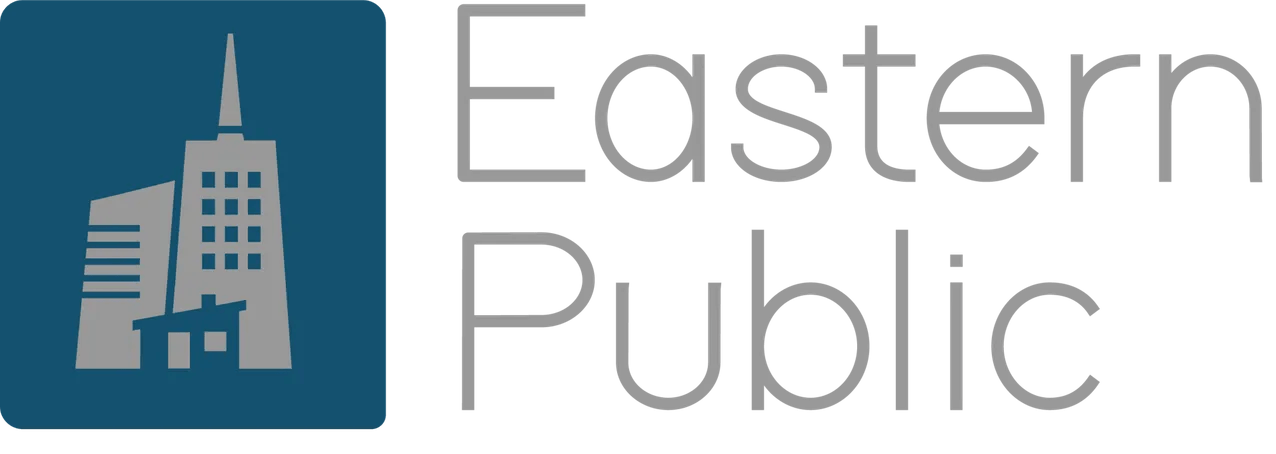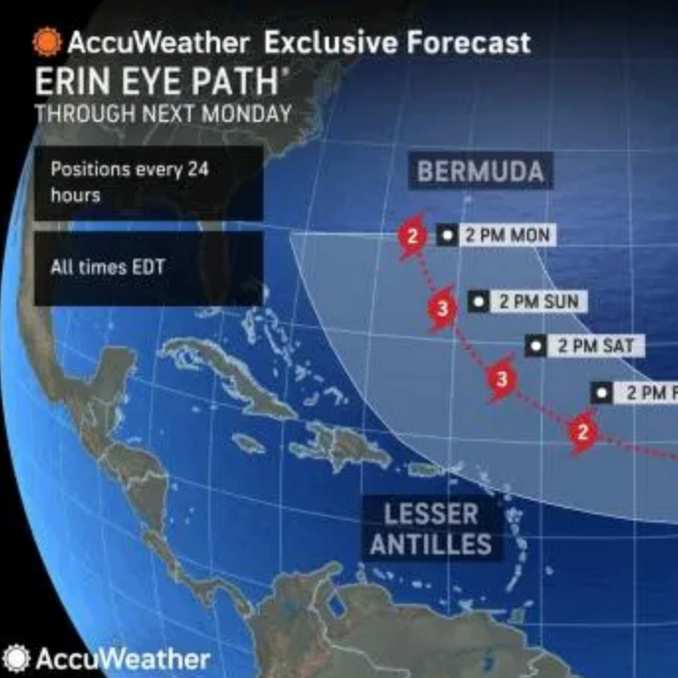Navigating Homeowners Insurance Costs
A Public Adjuster's Insights on Homeowners Insurance Costs

In recent years, homeowners across the United States have seen a steady increase in the cost of homeowners insurance, surpassing the rate of inflation from 2000 to 2020. This revelation comes from a comprehensive research brief by the Insurance Research Council (IRC), shedding light on the dynamics of homeowners insurance affordability and the impact of catastrophic events on costs. As a public adjuster dedicated to assisting homeowners and businesses in navigating insurance claims, it is crucial to understand these trends and the factors influencing the affordability and availability of coverage.
The Landscape of Homeowners Insurance Costs
The IRC's research indicates that the average homeowners insurance expenditure in the United States was $1,311 in 2020, while the median household income stood at $68,010 for the same year. This means that, on average, households spent approximately 1.92 percent of their income on homeowners insurance. However, these figures vary significantly from state to state, with Utah being the most affordable state, where households spent only 0.92 percent of their income on insurance. On the flip side, Louisiana ranked as the least affordable state, with homeowners shelling out 3.84 percent of their income for coverage.
Understanding Affordability Challenges in Homeowners Insurance
The disparity in affordability is not arbitrary. Catastrophic events, such as hurricanes and other natural disasters, play a substantial role in states where homeowners insurance is least affordable. Louisiana, Florida, Oklahoma, Mississippi, and Alabama, topping the list, have experienced higher costs due to obstacles like fraud, excessive claims, and legal system abuse following such events.
Insight into Cost Drivers in Homeowners Insurance
Insurers are facing significant challenges in maintaining affordability and availability, with some areas witnessing a crisis in both aspects. Fraudulent claims, excessive litigation, and market withdrawals by insurers contribute to the rising costs and reduced availability of coverage. As a public adjuster, recognizing these cost drivers is essential to helping homeowners navigate the complexities of insurance claims.
Opportunities for Improvement in Homeowners Insurance
The IRC research brief emphasizes the importance of examining trends in cost drivers to identify opportunities for enhancing both affordability and availability for consumers. Public adjusters can play a crucial role in this process by advocating for fair and reasonable claims settlements, addressing fraud concerns, and working towards a more transparent and efficient claims process.
Another Role for Public Adjusters in Protecting Homeowners
The rising costs of homeowners insurance demand attention and action from all stakeholders involved. Public adjusters, in particular, can serve as advocates for homeowners, guiding them through the claims process and working towards fair settlements. By understanding the trends outlined in the IRC research, public adjusters can contribute to the broader conversation on improving the affordability and availability of homeowners insurance, ensuring that homeowners are adequately protected in the face of unforeseen events.
As always, reach out to us at 929.999.4674 or email us at info@EasternPublic.com for help navigating property insurance claims.
Eastern Public is a complete property insurance claims and risk management firm based in New York. With over 20 years of experience, we are licensed to serve clients in the greater New York City area and across the East Coast, including New York, New Jersey, Pennsylvania, Connecticut, Massachusetts, Vermont, Maine, Rhode Island, DC, Maryland, North Carolina, South Carolina, Kentucky, and Georgia. For 24/7 claims advice and service, contact us at (929) 999.4674 or info@EasternPublic.com .
Our Work
News & Press







